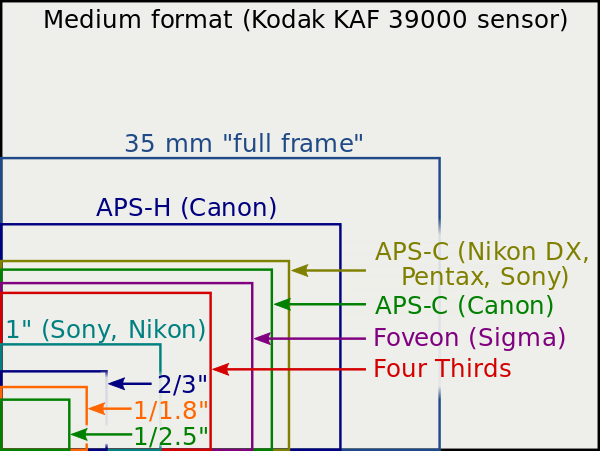I'm wondering what folks here mean by "low" or "high" resolution and how "resolution" should be quantified for digital cameras.
One of my least favorites is the popular 'line pairs per picture height' which technically gives me more "resolution" if I change to portrait mode, LOL.
Another is resolution = MP
However, I'm looking for others' views, please ...
